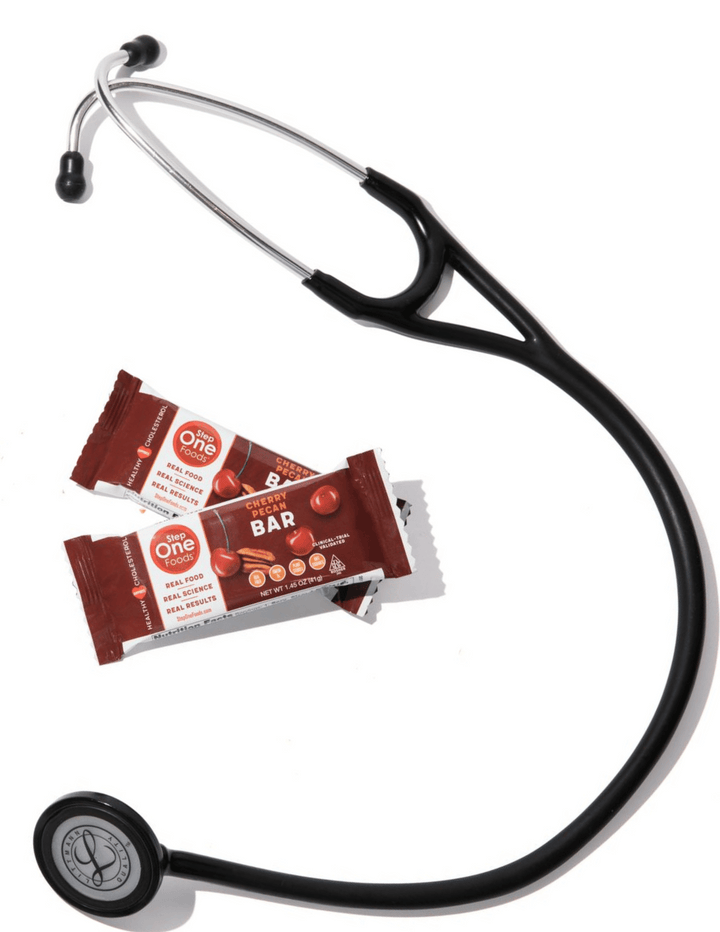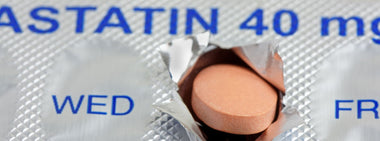Men’s Health Month: How to keep your heart healthy in your 60s and beyond

Heart disease kills more Americans than any other health condition, and men in their 60s and beyond are particularly at risk. The average age of heart attack sufferers is 67, and to some extent this is not surprising. Although a heart attack may be “sudden” and “out of the blue”, the substrate that enabled the heart attack to happen has been building for decades. In addition, as you get older, your blood pressure, cholesterol and other heart-related numbers tend to rise, accelerating the formation of plaque, making it more vulnerable and setting you up for disaster.
Sounds pretty bad. But that also means you have a huge opportunity: The more risk factors you can keep under control now, the less likely you are to have a heart attack in the future. And it truly is never too late to start. For example, within 24 hours of smoking your last cigarette, your risk of a heart attack goes down substantially. Within 30 days of using Step One Foods regularly (or making other targeted dietary changes), your risk of heart events goes down proportionally to the LDL reduction you see.
Not only that, research shows that people with fewer risk factors for heart disease are generally healthier. And this makes sense too. After all, smoking doesn’t just affect heart disease risk – it also affects cancer risk and your chances of developing emphysema. Eating right for cholesterol management improves blood sugar control and helps you attain a healthy weight. We can’t undo all the damage we’ve caused from a lifetime of smoking or a daily donut habit, but changes in health trajectory are ABSOULTELY achievable even if you start later in life. Especially if you ditch your old habits for better ones.
My book, Slay the Giant: The Power of Prevention in Defeating Heart Disease, has tips for all heart disease risk factors, helping you navigate heart disease prevention as much as possible without medications.
But you should be aware that most men in their 60s (and beyond) will be advised to go on statins to lower their chances of experiencing a heart event. This advice is based on a heart disease risk calculator that incorporates gender, age, cholesterol readings, blood pressure results and whether or not someone has a history of cigarette use or diabetes. But the risk calculator is heavily weighted for age – so a man in his 60s with normal blood pressure and normal cholesterol results without a history of diabetes or smoking will come out with a calculated risk of heart disease that makes him a statin candidate. (By the way, women age 70 and above are in the same boat).
Some men should be on statins, without a doubt. But age is just one factor that makes up a person’s overall risk. So if your birthdate is the major reason you are being prescribed statins, think about having a coronary calcium study done first. The worst thing that can happen is that the scan will confirm that you would benefit from being on the medications.
On the other hand, if your coronary calcium score is 0 (or below 10 depending on age), you’re otherwise healthy with no familial risk of heart disease, you can talk to your doctor about simply keeping a close eye on your cholesterol readings – while you work on lifestyle measures to improve these.
Finally, in the unfortunate case that you do experience a sudden cardiovascular event, remember that time is of the essence. The sooner you get treatment, the lower the likelihood of permanent damage. So get familiar with the warning signs of heart attacks and strokes. And, most importantly, do not hesitate to call 911 if you think you may be experiencing any! This is not the time to be tough or blow off warning signs that your body is sending you.
The following symptoms are associated with heart attacks:
- Chest discomfort. Pain or uncomfortable pressure, squeezing or fullness can last more than a few minutes, or go away and return.
- Discomfort in other areas of the upper body, including one or both arms, the back, neck, jaw or stomach.
- Shortness of breath.
- Breaking out in a cold sweat, nausea or lightheadedness.
The following symptoms are associated with strokes:
- Uneven face drooping
- Weakness or numbness in one arm
- Slurred speech
- Sudden confusion or understanding
- Trouble speaking
- Trouble seeing in one or both eyes
- Trouble walking
- Sudden dizziness, loss of balance and coordination
- Sudden severe headache

Tested & Proven Results.
- Cardiologist formulated
- Supported by over 500 publications
- Clinically-proven, in a double-blind randomized trial with Mayo Clinic and The University of Manitoba
80% of participants lowered their cholesterol in just 30 days. With just two servings per day, Step One Foods offers a proven-effective way to naturally lower LDL (bad) cholesterol.
Get heart health tips and articles like this, delivered right to your email.
New articles every week.
You may also like...

Insulin Resistance, Prediabetes and Type 2 Diabetes. Part 4: Un-Doing It.

You don’t need to avoid foods with cholesterol…except for these



